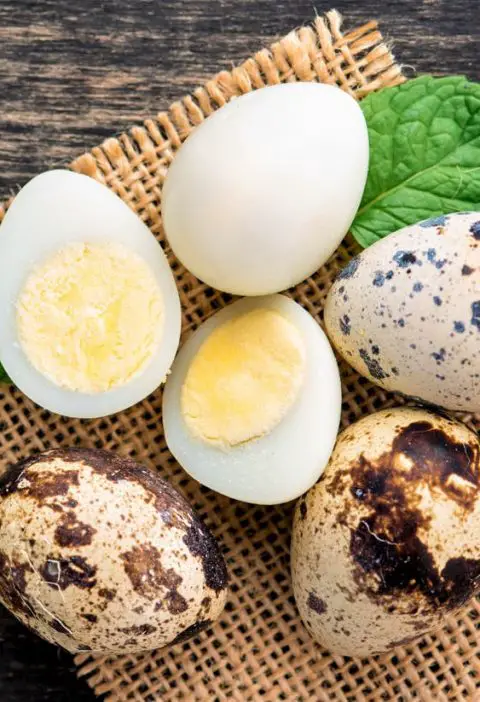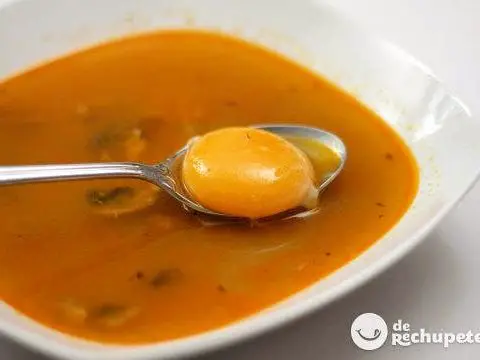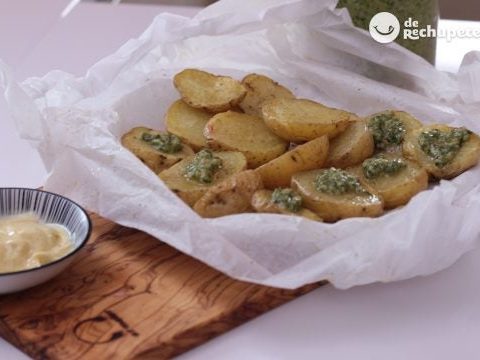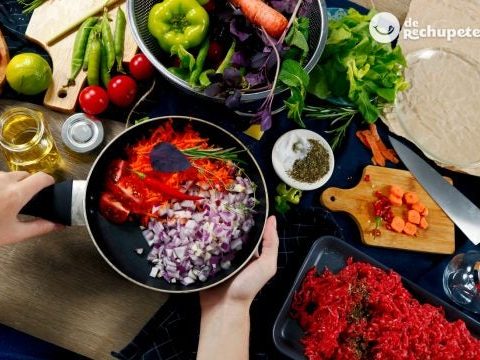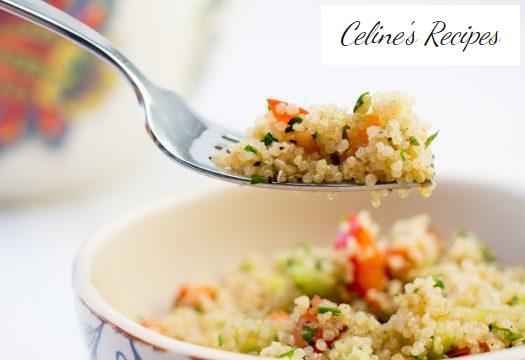
Info.
- Easy
- 20 minutes
- For 2 persons
- 1.2 € / person
- 145kcal per 100g.
Quinoa, or quinoa , began relatively recently in cookbooks, blogs, and articles on gastronomy.
Also in our supermarkets. Overnight it became one of what we know today as “superfoods . ”
And many of us wonder how it is possible that we had not integrated it into our dishes sooner. But what is quinoa really?
Although it is associated with similar products, such as rice or couscous, we must clarify that it is not a cereal.
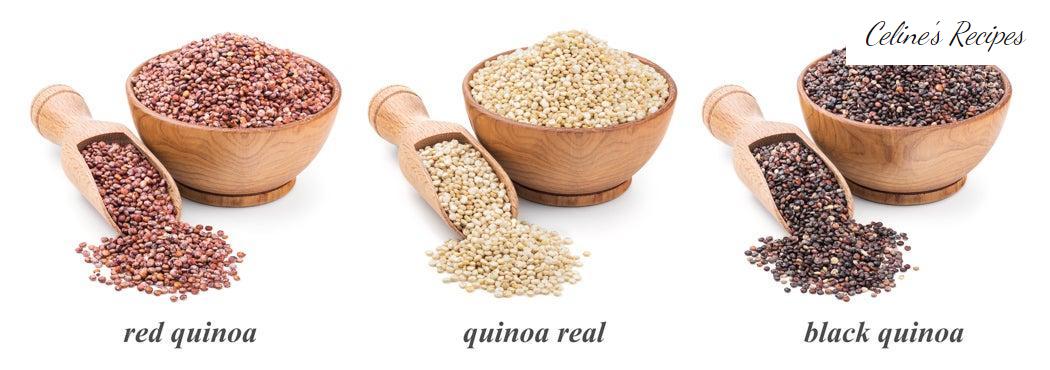
Quinoa is a seed . However, the extraordinary characteristics of this seed allow us to consume it as a cereal, which is why it is also known as pseudocereal .
It is an Andean plant originated in the surroundings of Lake Titicaca, in Peru and Bolivia. The name of this plant in the Quechua language, chisiya , means mother grain .
Perhaps that etymological root explains that this was, and continues to be in many rural areas of the Andean region of South America, one of the main food crops of the pre-Columbian cultures of Latin America .
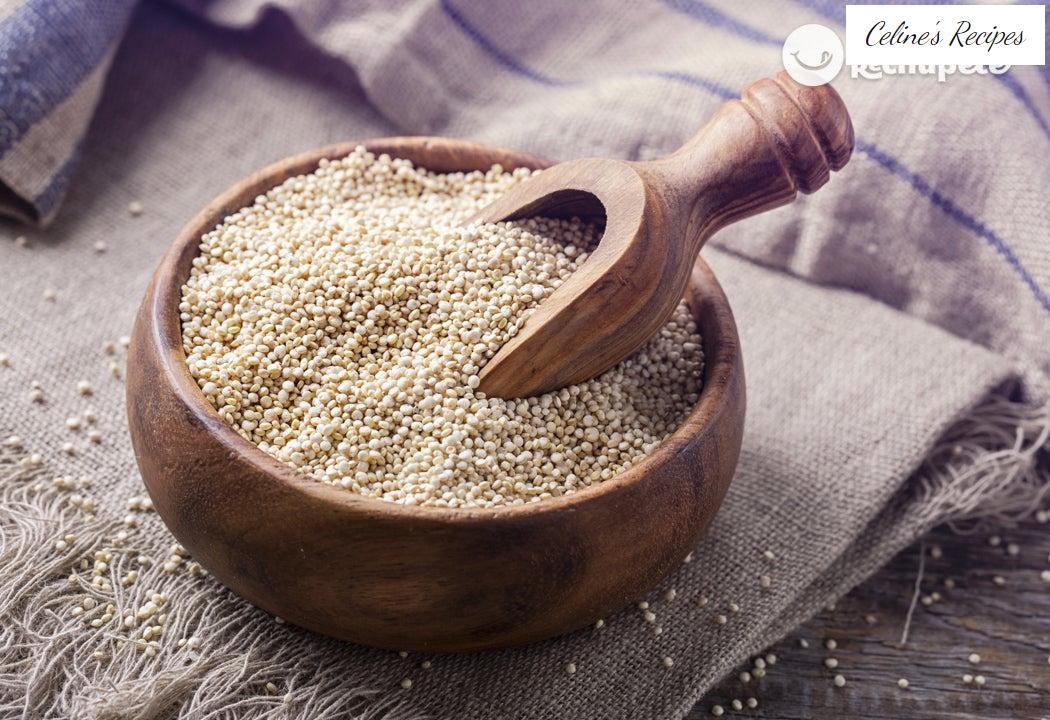
Some properties of quinoa
Quinoa has, as we noted, extraordinary properties that make it the only plant food that contains all the essential amino acids and vitamins.
- In nutritional values , according to the FAO , we can highlight that each 100 grams of quinoa contain 399 kilocalories, 16.5 grams of protein , 6.3 grams of fats , 69 grams of carbohydrates , but it also contains, although in smaller proportions , minerals such as calcium, iron, magnesium, phosphorous or zinc .
- It should be noted, in addition, that quinoa contains omega 6 and omega 3 acids , vitamin B2 or folic acid , and also constitutes a high fiber intake .
- For all these properties, quinoa is a ” superfood ” highly recommended for athletes, children, people with constipation, digestive and intestinal problems or pregnant.
- Also for those who want to lose weight and, of course, for vegetarians, since quinoa, due to its high protein content, is a good substitute for meat.
- Another of the characteristics of quinoa is that it does not contain gluten , so celiac people can include it in their diet. Furthermore, given the low glycemic index of this seed, its consumption is suitable for people with diabetes.
- Beyond its nutritional values, another of the advantages of the quinoa plant is its ability to adapt to different ecological environments and climates .
- It is resistant to drought, poor soils and high salinity. It can be grown from sea level to an altitude of 4,000 meters and can withstand temperatures between -8 and 38 degrees.
Precisely for all these reasons, the United Nations decided to declare 2013 the International Year of Quinoa , in the hope that this plant can contribute to eradicating hunger, malnutrition and poverty worldwide.
Types of quinoa
Before explaining how we should prepare quinoa, I think we should know that there are three different types of quinoa: white, red, and black.
Each of the types has particular characteristics and this makes them better adapted to certain types of dish and preparation.
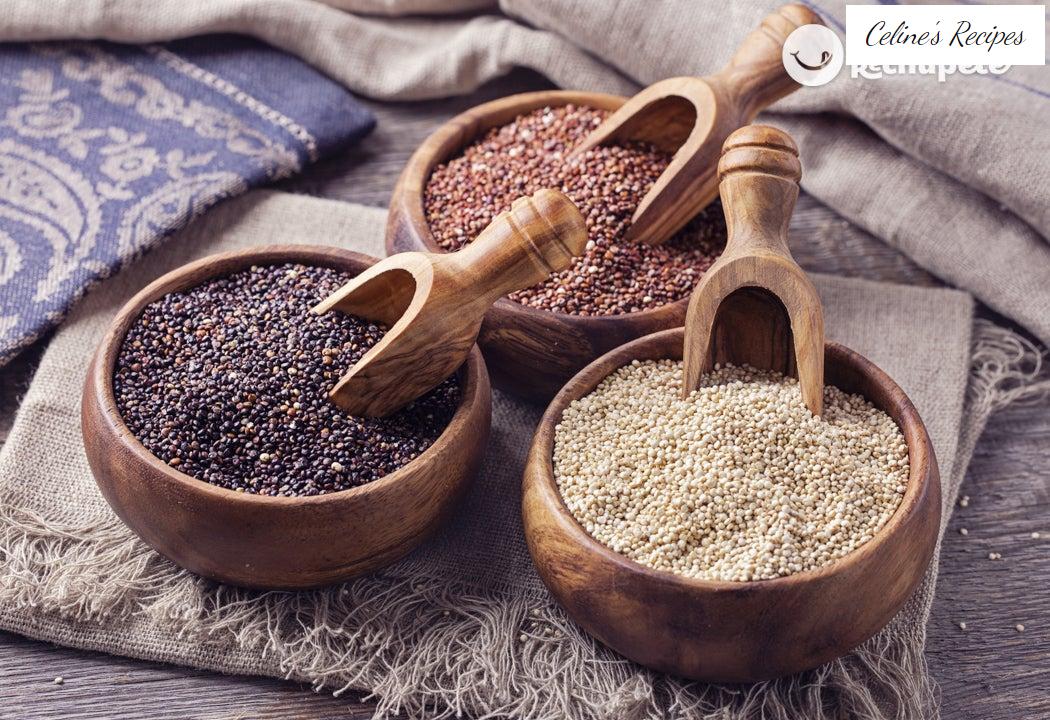
White quinoa
White or royal quinoa is the best known variety. Its flavor is soft and it has a light and fluffy texture. It is perfectly suited to various types of recipes.
This type of quinoa is the one that contains the fewest calories and is also rich in protein, vitamins and minerals.
Red quinoa
Red quinoa has a more intense flavor , reminiscent of walnut, and it is recommended to consume in salads or with fruit.
It has a high nutritional value , is rich in folic acid and has more fiber and carbohydrates than the other two varieties. This makes it perfect for sports diets.
Black quinoa
Black quinoa is the result of crossing quinoa and spinach seeds. A hybrid with a higher texture, crisper and with a sweeter flavor . Black quinoa is rich in lithium and antioxidants and also has anti-inflammatory and healing properties.
Its consumption is beneficial for regulating the nervous system and stress, but it also contains antioxidants and anti-inflammatory and healing properties.
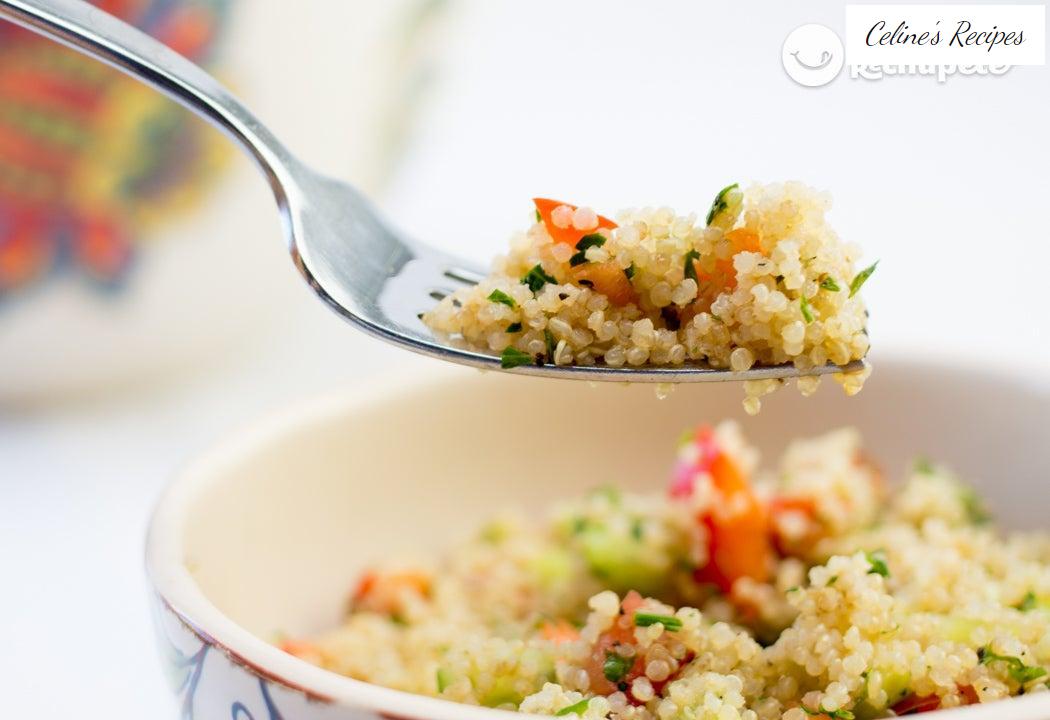
How is quinoa prepared?
Quinoa, therefore, is a food that can be used in all kinds of diets , given its properties and benefits, but good preparation is essential.
Although quinoa is prepared as a cereal, that is, it is cooked, it is important that it is not overdone. For this we have to take into account some tricks. Here are some things we need to know (and do) to get a tasty and well-rounded quinoa.
To wash
- Until very recently, quinoa was found in herbalists and nutrition or organic stores.
- Usually the seeds were bought in bulk. Now, the production and sale of this seed has been industrialized and we can find it in any supermarket under different brands.
- Although its industrialization has made quinoa already clean, packaged and ready for cooking and consumption, it is advisable to wash the seeds well before cooking .
- This pre-washing is carried out under the tap with cold water for a few minutes. The seeds should be gently rubbed and then drained. With this washing we remove the layer of saponins that covers the seeds .
- Saponins are molecules with soap-like properties, hence their name, that foam when shaken in water. This foam is what we remove when washing and draining the quinoa.
- Saponins, in addition to giving quinoa a bitter taste, are toxic and could interfere with its assimilation by the digestive system.
Cook
- Cooking quinoa is simple, very similar to cooking rice. Two parts of water (some producers recommend up to three parts) are used for each quinoa .
- We must put to heat the water with salt. Once the water starts to boil, add the quinoa.
- Let it cook for about 15 minutes, over medium heat, in a covered pot, always watching over our seeds .
- We know that quinoa has reached its optimal cooking when the seeds double their original volume and become transparent.
- For the quinoa to be really tasty, it must have a slightly loose, fluffy and resistant grain, far from a soft paste. Very similar to rice, or pasta al dente.
Dry and rest
- Once boiled, the quinoa retains a lot of water, so we must drain it with a fine strainer .
- Then it is advisable to return it to the container in which we have cooked it, still hot, cover and let it rest for a few minutes.
- It is also recommended to aerate with a fork to separate the seeds.
Trick: toast
So that the quinoa is loose, it is not soft or pasty, and it gains flavor, there is a simple trick that we can do: it is to toast or fry the seeds before cooking.
It is a process very similar to the one we carry out with rice. We can toast the seeds by themselves or make a sauce with a teaspoon of oil. If we prefer, we can add flavor using garlic, onion, tomato or any spice in that sauce. But don’t overdo it!
Another characteristic of quinoa is its ability to absorb flavors.
- Extra point. If after making a perfect cooking (with or without prior roasting) you want to get more flavor, you can add to the gold of the Incas , as quinoa is also known, our liquid gold: a splash of extra virgin olive oil.
With these five simple steps we will have our quinoa ready to consume on the spot or save.
Because, in case the benefits of this food were not few, once cooked, quinoa can be kept almost a whole week in our fridge in perfect condition after being allowed to cool completely. And it can also be frozen!
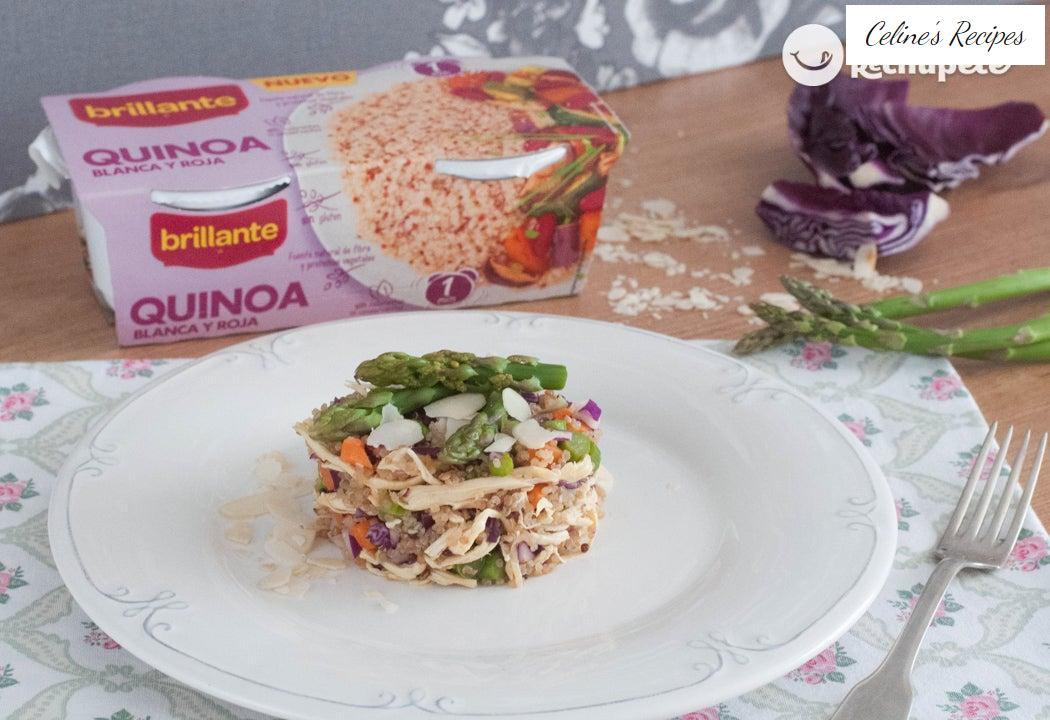
Quinoa: from the Andean tradition to haute cuisine
We have already talked about its origins: quinoa was a staple food in the pre-Hispanic civilizations of the Andes.
Quinoa has been consumed in South American towns since ancient times. Thanks to its versatility , Andean seed has been used in various ways for consumption: from whole grain, raw or roasted flour, to flakes, semolina and instant powder.
Over time, its marketing and popularity, quinoa has gone from being a simple garnish or being present in soups or salads, to being a main dish , such as the base of a hamburger, lasagna, some dessert and even bread.
Some advantages that chefs around the world have taken advantage of , who have already integrated quinoa into their most sophisticated menus and menus.
Quinoa, therefore, has ceased to be an almost exclusive food of the Inca culture and has become, in recent years, a gourmet food, capable of being present in the fridge of a traditional family or on the tables of the most avant-garde restaurants.

